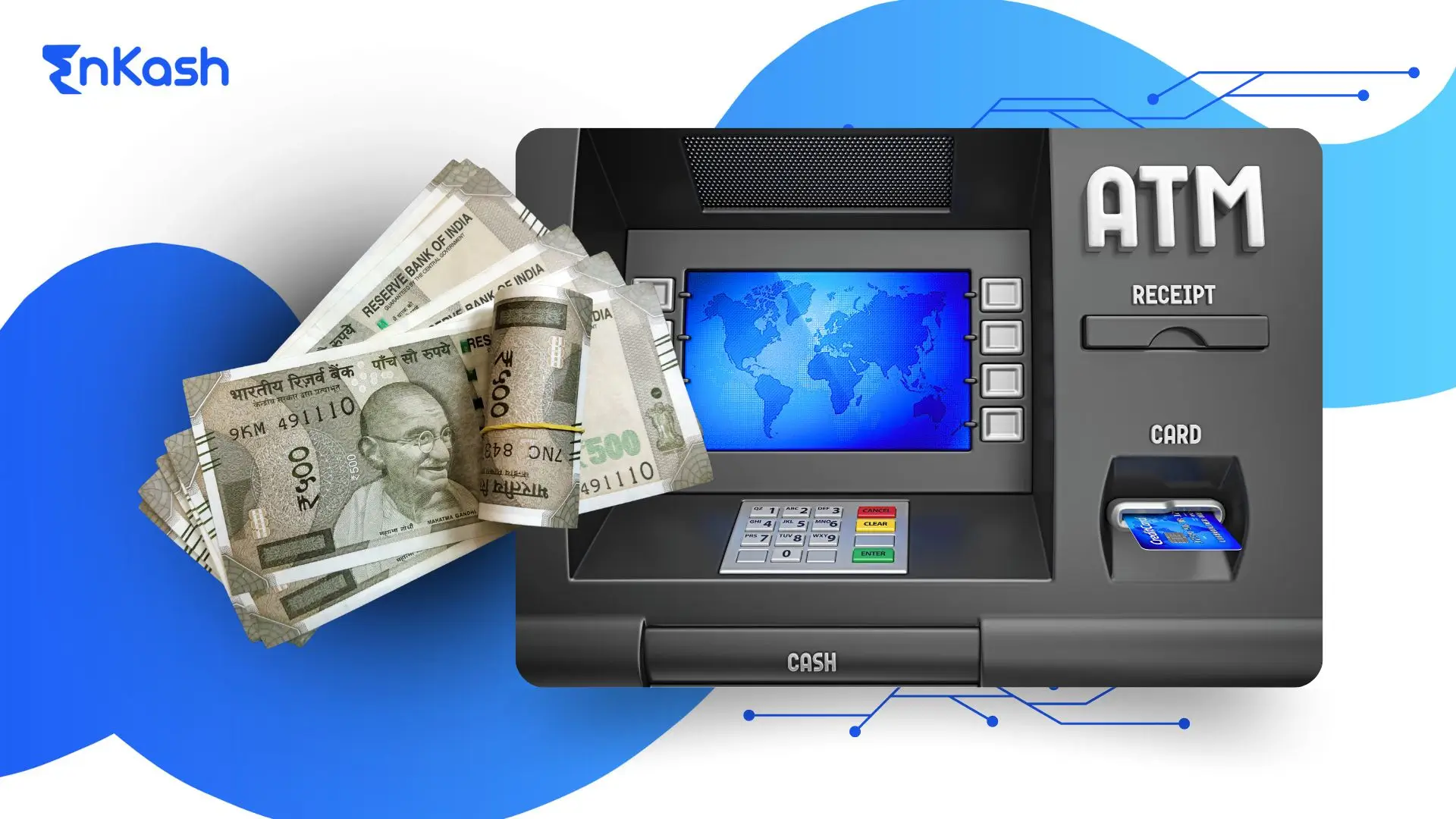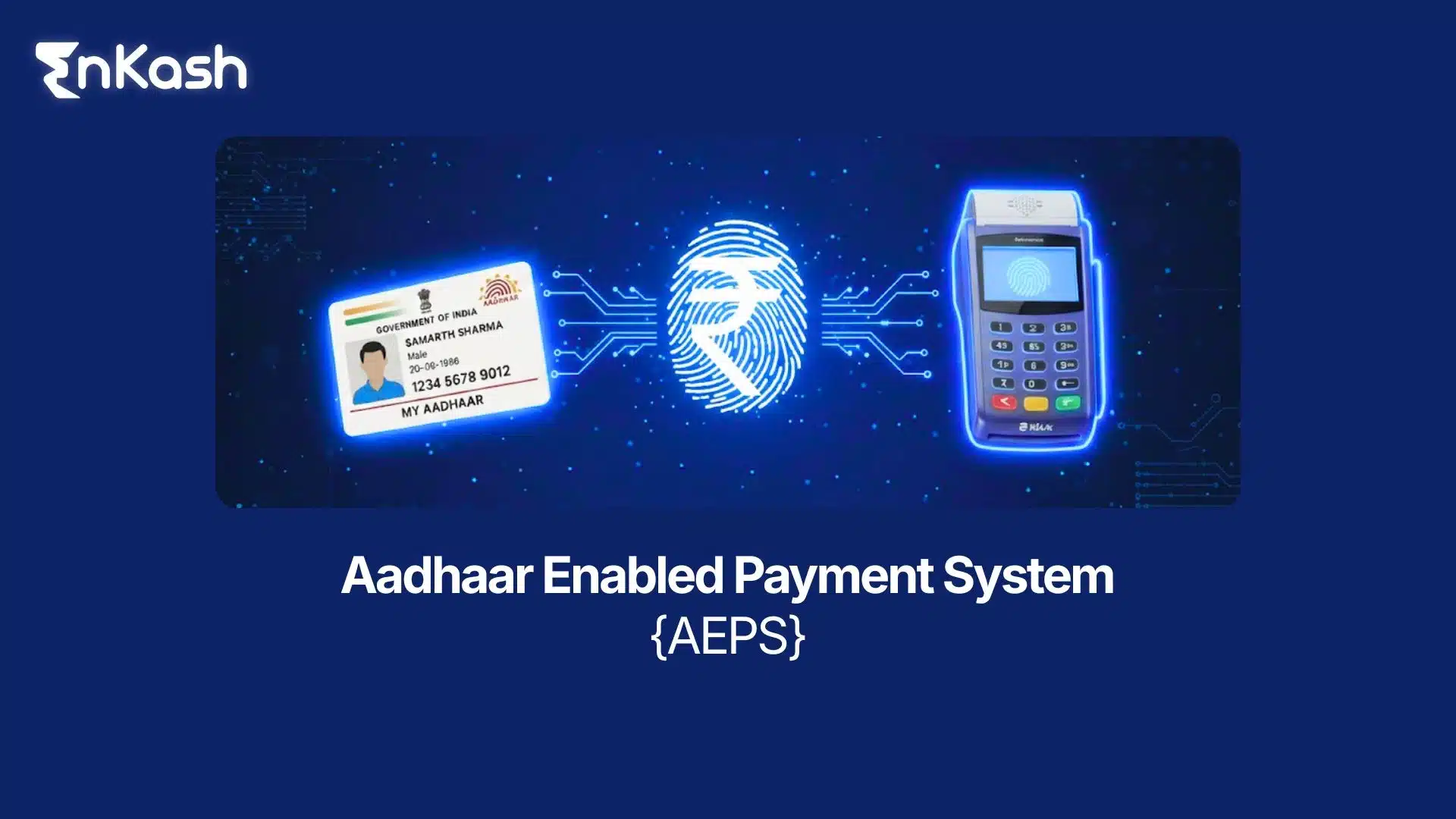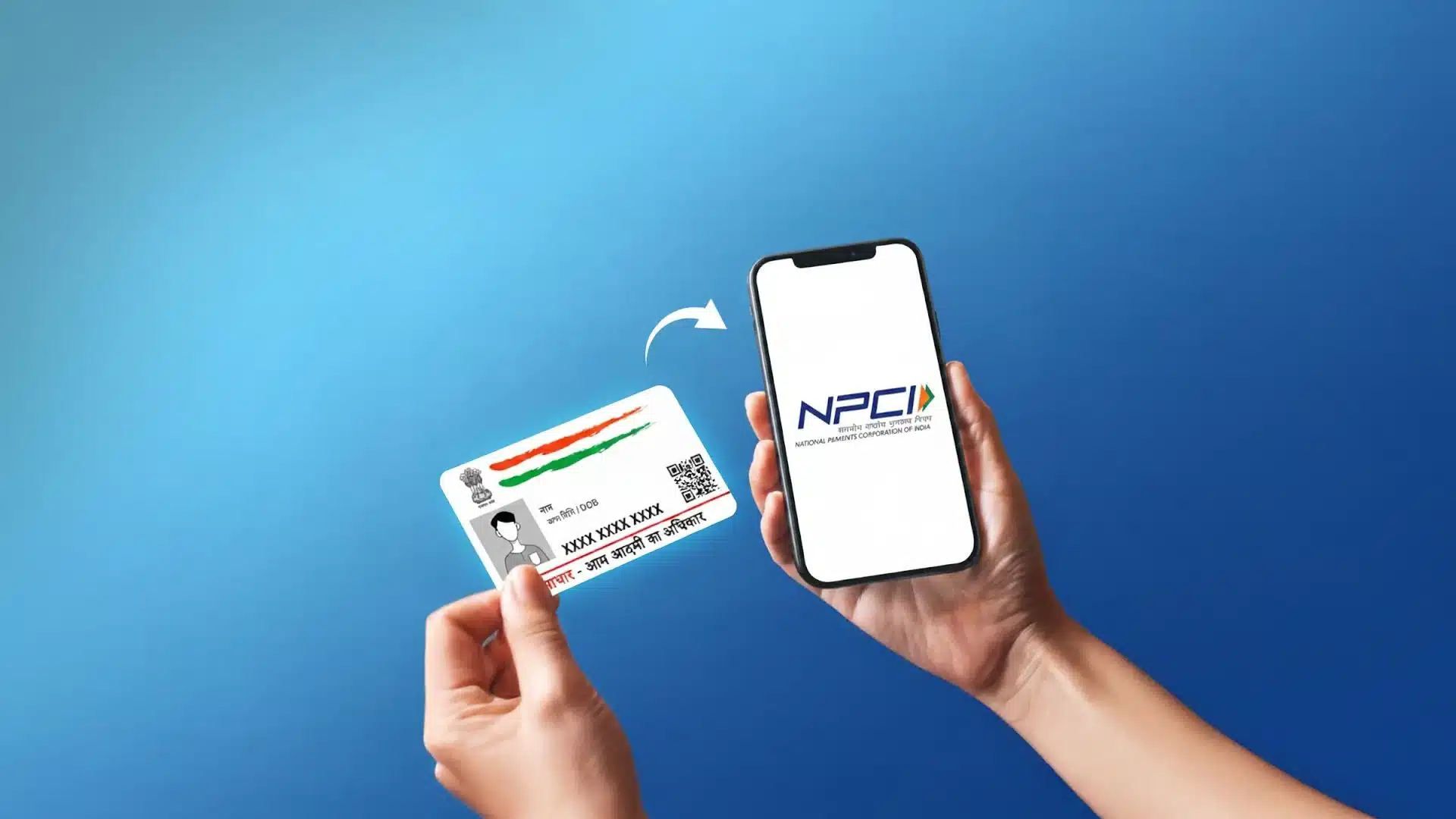Introduction
Electronic Funds Transfer (EFT) or wire transfer comprises the sending or receiving of funds by an individual or business through any bank in India. There is no need for cash or cheque, which means less time, fewer papers, and more security. Just a few clicks would mean transferring money from one end of the city or even across the country without stepping into a bank branch. EFT may well be an integral part of your life, working while paying utility bills, sending money to a friend, or receiving a salary payment, and you are hardly aware of it. Modern-day banking is an idea supported by technology behind it and regulated by the Reserve Bank of India (RBI). In this blog, we will explain what EFT is, discuss its various types, how it works, and compare it with other RBI-approved ways of money transfers like NEFT, RTGS, and IMPS, thus helping you choose which suits you better in today’s swift-paced money-making world.
What is EFT?
EFT’s full form is Electronic Funds Transfer.
It is a method of electronically transferring money from one bank account to another without depositing cash or with the issuance of a paper check. In Banking, any payment system that facilitates the transfer of funds digitally-that things are done at once, securely, and conveniently, is considered an EFT. This technology has really revolutionized the payment method of people and businesses-the application of such payments is very wide, from sending or receiving funds anywhere and anytime, rather than having any time-based capacity to go to a branch. EFT covers all sorts of transactions-withdrawing salary, online bill payments, ecommerce purchases, and person-to-person transfers. These transactions rely on secure banking networks and encryption protocols to ensure that funds are transferred securely, so securities protect the transactions against theft or fraud, which is a classical point of measurement of additional payments.
How Does EFT Payment Work?
EFT transactions follow a simple but secure process to ensure your money reaches the right place safely. Here’s a step-by-step breakdown:
1. Initiation of Payment
The sender uses banking apps, mobile applications, or a payment gateway as part of the payment process. It could be anything like remittance, bill payments, money transfers between individuals, etc.
2. Bank Verification
After the payment setup is made, the bank checks the details, such as the account number of the payee or the recipient’s name, to ensure that there are no errors or fraudulent intentions.
3. Transmission of Funds
Funds are transferred from the sender’s bank to the recipient’s bank via a secure payment network-the kind of network may be local or even international.
4. Recipient Bank Processing
The recipient bank receives the funds and undertakes processing and confirmation of the credit of the amount to the recipient’s account.
5. Credit to the Receiver
The funds, on the other hand, will become freely available for the recipient’s disposal, perhaps instantly or will take a couple of working days, depending on the EFT type.
Types of EFT Payments
EFT comes in many forms, each designed for specific payment needs. Let’s explore the most common types:
1. Direct Deposit
One of the most common types of EFTs is direct deposit. Payment of salary is via direct debit into the employees’ bank accounts; pension payments, tax refunds, and other recurring deposits are also paid this way.
Benefits:
- Fast and reliable
- It actually removes the use of paper checks
- On payday, funds are immediately available to payees
2. Wire Transfers
Wire transfers are generally used for high-value transactions, especially concerning businesses or overseas sending. It is faster but may also involve higher charges than the other EFT methods.
Benefits:
- Suitable for large amounts
- Secure and traceable
- For urgent payments
3. Debit Card Transactions
Every time you use a debit card at retail stores, buy something online, or withdraw some money from an ATM, an EFT is taking place. Money is debited directly from your bank account to complete the transaction.
Benefits:
- Instant payment
- Accepted widely
- Convenient for everyday use
4. Automatic Payments of Bills
Automatic bill payments for subscriptions could be set as recurring deductions for the utilities, the subscriptions, insurance premiums, and more. This would ensure paying bills without a due date or a late payment charge.
Benefits:
- Recurring payments without any hassles
- Avoid forgetting bills
- Saves time and effort
5. Online Bank-to-Bank Transfers
These allow you to either send money from one account that belongs to you at a bank to another account in a different bank or send money to someone else’s account. These transactions can be done using an online banking portal or a mobile app.
Benefits:
- Operational all day and night
- No more queues at the bank
- Usually free or low-cost
EFTs in India – Approved Fund Transfer Methods by RBI
The increasing growth of digital banking in India has made sending and receiving money quite easy. One of the major catalysts to that shift has been Electronic Funds Transfer (EFT) — a secure, fast, paperless mode of transferring funds from one bank account to another.
The Reserve Bank of India (RBI) has prescribed regulations to ensure security plus efficiency, and transparency in such transactions. Within the realm of EFT, the RBI has put forth several possible payments to suit different requirements-from small-scale payments for everyday use to gigantic corporate-level transactions.
Let us now discuss some major types of EFT transactions in India and how they operate.
National Electronic Funds Transfer
NEFT is the most used digital transfer system in India. It is the money transfer system set just for one-to-one transactions, meaning direct transfer of money from one bank account to another.
- How it works: Transactions under NEFT are done on a half-hourly batch basis, which means that even though this is an electronic system, payment is not instant. After you initiate the transaction on your system, it lies in the payment queue of the NEFT system till the next available half-hourly batch.
- When to use: It is used for personal payments, payments to vendors, and settling bills where payment is not required instantly.
- Key benefit: A Transfer can be made from one bank to another even if the accounts concerned do not belong to the same branch or city.
- Example: If you are paying a freelancer in another state, you can easily transfer money through NEFT using their bank account number and IFSC code.
RTGS (Real-Time Gross Settlement)
RTGS is built for large-value transactions and is the fastest mode of payment in India for those matters.
- Transaction limit: Generally used for payments above ₹2 lakh.
- How it works: Payments are processed in real-time individually; that is, once you instruct a transfer, it gets immediate processing.
- When to use: Use it for urgent business payments, property transactions, or for purchases of high value.
- Security: Given the large amount involved, banks impose stringent security checks.
- Example: A company paying its supplier ₹10-lakh worth of payments for raw materials would rather use RTGS for same-day clearance.
IMPS (Immediate Payment Service)
IMPS is about instant money transfers and is available 24×7-including on weekends and public holidays.
- How it works: Transfers happen within seconds, making it perfect for emergency payments.
- When To Use: Sending money to family, paying service providers, or clearing small business payments fast.
- Example: If a friend needs urgent funds at midnight, IMPS ensures the money reaches them instantly.
Difference Between EFT and NEFT
While NEFT (National Electronic Funds Transfer) is one form of EFT (Electronic Funds Transfer), the two are not the same. EFT is a big umbrella term that signifies any kind of digital transfer of funds or money from one bank account to another without the exchange of cash or paper checks. Therefore, by EFT, payment methods such as NEFT, RTGS, IMPS, UPI, and even card payments can be included. NEFT, in contrast, is a transfer of funds system that has been regulated by, and permitted under, the Reserve Bank of India (RBI), and operates on a deferred settlement system wherein transactions are processed in batches at scheduled hours rather than instantly. To have a clearer understanding of the difference, let us explore them in key points.
1. Scope of Service
EFT is the general term used for any type of electronic payment-transfer-against whatever charges-domestic or international, immediate or scheduled. NEFT is basically limited to a specific method of fund transfer within India between participating banks.
2. Speed of Transaction
With EFT, speed depends on the method – IMPS and UPI transactions are instantaneous, whereas card transactions may take one or two days. NEFT transactions are processed in batches on an hourly basis, so it might take two or three hours for the funds to be reflected.
3. Regulation and Process
The mechanisms of EFT can be facilitated by multiple payment processors, banks, or financial institutions. Meanwhile, NEFT is totally bound by RBI guidelines, hence ensuring security while complying with banking norms in India.
4. Availability
EFT processes, such as UPI and IMPS, are available 24/7, even on holidays. NEFT is also now open 24 hours; however, it was limited to banking hours previously, which led to its association with batch timing.
5. Use Cases
EFT is widely used for paying salaries, online shopping, international remittances, bill payments, and transferring money to fellow bank customers. NEFT is mostly preferred where bank-to-bank secure transfers of medium value are made, and real-time speed is unnecessary.
EFT vs. ACH
Interpreting the difference between EFT and ACH is of vital importance for businesses and all individuals involved in digital payments across borders. The term “EFT” covers a wide variety of electronic money transfer systems, including NEFT, RTGS, IMPS, UPI, and card payments in India. In general, EFT refers to the electronic movement of funds between two bank accounts without the transfer of physical cash or checks. ACH, on the other hand, is a particular electronic payment system widely used in the United States for recurring payments such as salaries, rent, subscriptions, or utility bills. They are alike in transferring funds between banks, but the main differences exist in speed of processing, geographic reach, and payment type.
1. Scope of Transactions
The term EFT is more general and covers almost all kinds of transfers-electronic, either peer-to-peer or business-to-business. ACH is a more specialized system in the sense that it chiefly handles domestic recurring payments and batch processing within the U.S. banking network.
2. Processing Speed
Depending upon the method, EFTs can vary in the time taken-Near-IMPS and UPI transfers in India, while NEFT transfers happen in batches. ACH payments, on the other hand, can take one or two business days to be cleared, as they are processed in scheduled cycles, which lays a better ground for routine-type payments rather than urgent transfers.
3. Geographic Availability
On a broad scale, EFT exists in several countries with their local variations, such as NEFT or RTGS in India, or wire transfers internationally. ACH is solely for the U.S. market, dealing with transactions within the domestic banking framework and governed by the National Automated Clearing House Association (NACHA).
4. Use Cases and Applications
EFTs are quite broad in scope in that they can be used to make one-time or recurring payments, personal, business-related, or cross-border. ACHs are meant for more types of recurring payments like payroll deposits, subscription fees, and almost every type of regular payment, basically anything that helps maintain convenience and consistency from U.S.-based accounts.
5. Flexibility and Options
EFTs allow for a few options in addition to mobile payments: online transfers, instant settlement, and so forth. ACH is mainly a batch-based system. It accepts and completes scheduled transactions promptly, but it is an ill fit for real-time transactions.
How Long Does an EFT Payment Take?
The duration for an EFT payment to be reflected in the payee’s account is influenced by the transfer type chosen, working hours, and the bank in NEFT. India is conducted in half-hourly batches during banking hours. Under normal situations, a NEFT transfer is completed within 2 hours of banking hours, except for delays arising on bank holidays or accounting to system maintenance. RTGS is instantaneous and real-time in the clearance of high-value transactions (usually beyond ₹2 lakh), thereby suitable for emergency transfers. IMPS is also an instant fund transfer, 224/7, including weekends, and is used for the holiday season, which provides instant convenience for both individuals and businesses. Wire transfer is used for international transactions or cross-border transfers and may take within a few hours to one business day, depending on the sending and receiving banks, countries involved, and currency conversion. Different from traditional cheque payments, EFT methods eliminate the physical handling that otherwise drastically increases the time required for the receipt of funds. In the dynamic world of finance today, quicker liquidity and faster reconciliations are the need of the hour. Using EFT has allowed banks and fintech platforms to maintain full transparency, tracking, and record recording of any transaction, which makes it an apt and modern replacement to the erstwhile slower modes of payment.
Why Businesses Prefer EFT Payments
From startups to industries and large enterprises, EFT payments stand preferred in all sectors for the very reason that they make working capital management easier to achieve the objectives of efficiency, speed, and security. One of the benefits that stands out is that they are cost-effective. In comparison to handling physical cash, issuing cheques, or direct manual bank deposits, EFT charges less administrative costs for routine payments. It also does away with paper use and staff expenses for processing such payments.
Security is another such attribute. EFT payments utilize advanced encryption methods, hence multi-factor authentication, and several measures of compliance, approved by RBI, thereby considerably reducing possible fraud or errors. Digital trails provide for auditing that keeps track of every single transaction, offering accountability, hence making it easier for the finance team in reconciliation. Convenience can not be overshadowed when listing advantages. A firm can schedule automated payments of salaries, vendor invoices, and recurring subscriptions, eliminating manual intervention and making them less dependent on the typical act of walking to the bank. Initiating payments can be done through online banking portals and mobile app platforms or through platforms like EnKash, which provide corporate payment solutions such as virtual cards, vendor payments, and expense tracking. Such automation allows for focusing on core business activities instead of day-to-day cash management. EFTs settle faster, thus improving cash flow and making sure that vendors and employees are paid promptly. This creates healthy business relationships while avoiding late fees or penalties that may arise from manual transactions. Bank transfers, cross-border payments, and accounting integration can also be carried out with EFT, thus giving it a modern, versatile setup.
Conclusion
EFT is considered the backbone of digital banking that enables the individual/customer to move their funds relatively faster, safely, and conveniently. An electronic fund transfer facilitates myriad types of fund transactions: paying bills, receiving salaries, and transferring funds from one bank account to another without the actual exchange of currency or cheques. NEFT, RTGS, IMPS-almost any system approved by RBI; and India takes pride in considering itself the only country having a reliable 24×7 payment option system catering to different transaction requirement specifications. EFTs require fewer manual processes and, hence, have become a solution to transfers through the contemporary banking system in a smooth, efficient, and transparent manner throughout the country.








